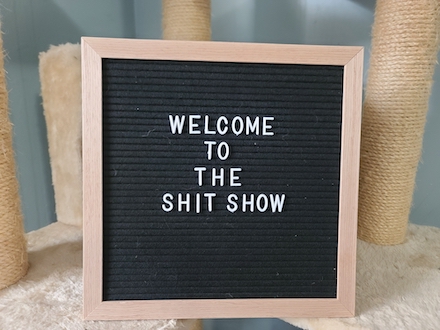
I launched my consulting career smack-dab in the middle of the 2008 financial crisis.
I’d just come from working at a family grant-making foundation, and I witnessed something I’ll never forget. Local nonprofit after nonprofit, small and heavily reliant on grants, shutting their doors for good.
It was heartbreaking. But it was also eye-opening.
In transitioning to fundraising, I always had three words running through my brain.
General. Operating. Support.
Why? After all, I came from the world of grant funding. And that’s exactly why I put my focus on growing a strong base of individual support.
Those lovely, caring donors who gave again and again.
And here we are, dear reader.
I won’t sugarcoat it. We’re in the middle of a sh&* storm the likes of which we’ve never seen in my lifetime.
The economic outlook? Bleak. The markets? Volatile. The global picture? Not exactly confidence-inspiring.
But listen: now is not the time to freeze.
Yes, many of your donors — especially retirees or those nearing retirement — are watching their portfolios take a hit. Midlevel and major donors may grow more cautious.
And yes, if history is any indicator, we’ll likely see a dip in giving.
But here’s the part no one tells you: You are not your donor’s financial advisor.
Do not make decisions for them. Don’t assume they can’t or won’t give. That’s the biggest mistake you could make right now.
Because when you go silent, when you pull back your fundraising out of fear — that’s when you guarantee a downturn in giving.
Fundraising isn’t a cost center. It’s your revenue engine.
Slashing it might feel like a quick fix in tough times, but the damage it does to your donor relationships — to your long-term sustainability — can take years to recover from.
As Mark Phillips notes in his post, Fundraising is flatlining. Do you want to do something about it?:
“There’s something we can all do right now to raise more money:
Give existing donors a better experience.
Make giving feel good. Valued. Meaningful.”
Stay in touch with your donors. With your realest, rawest stories. Most of all, be human.
How? Create habits, such as personally calling or emailing five donors a day. Just to check in.
Show your supporters how they can make a difference for good. Even amidst “all this.”
Because even in uncertainty — especially in times of uncertainty — people want to help.
Now is not the time to pull back. It’s the time to lean in.
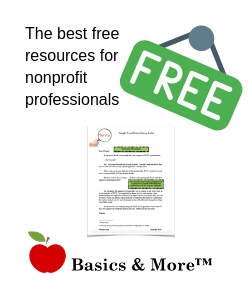
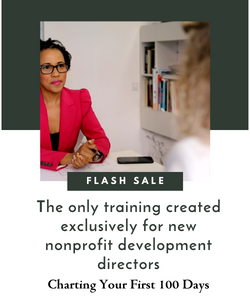
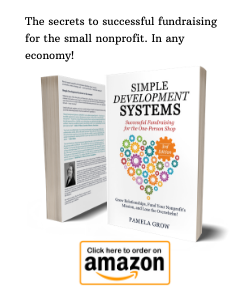


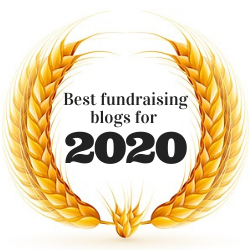


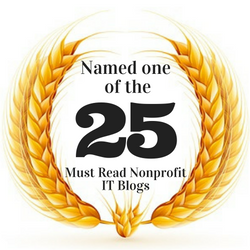




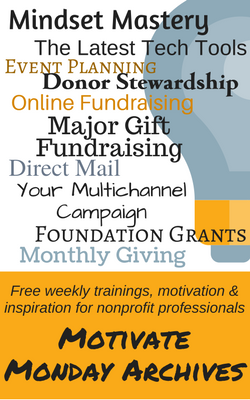




 I can’t wait to meet with you personally.
I can’t wait to meet with you personally.
Comments on this entry are closed.